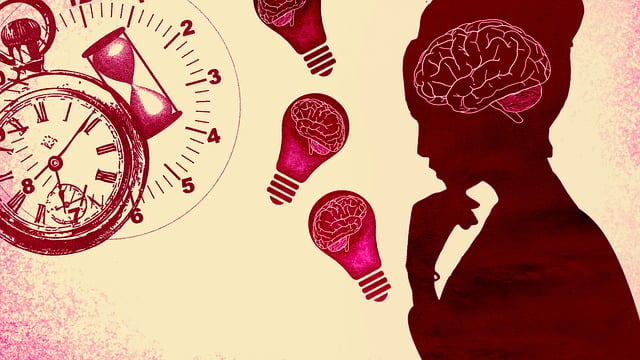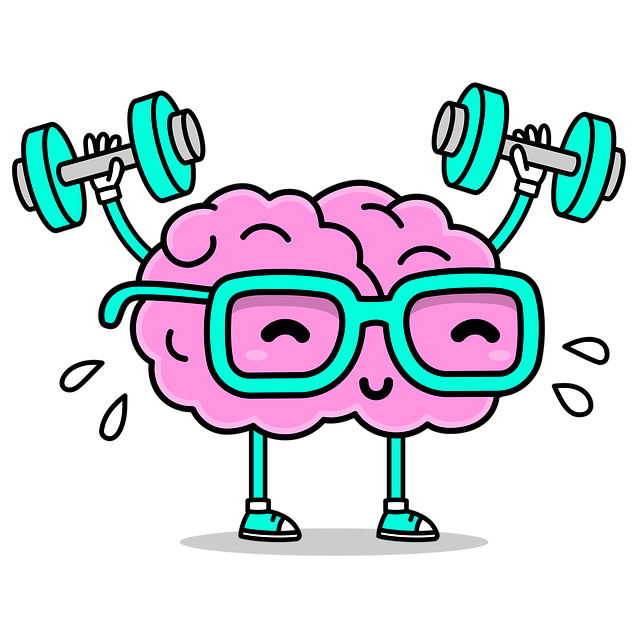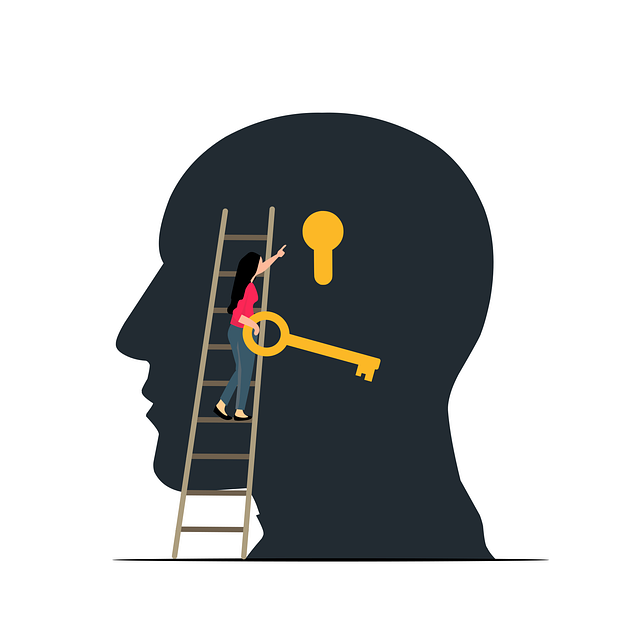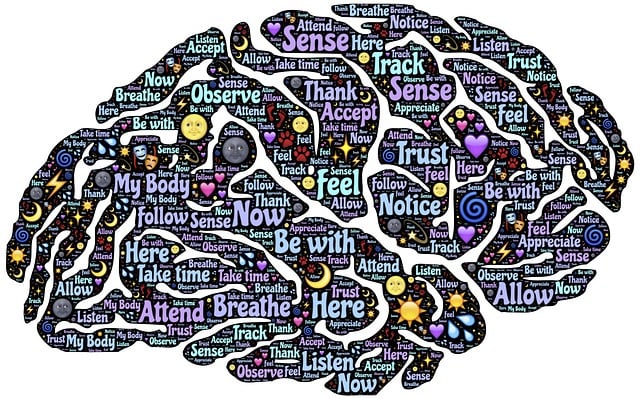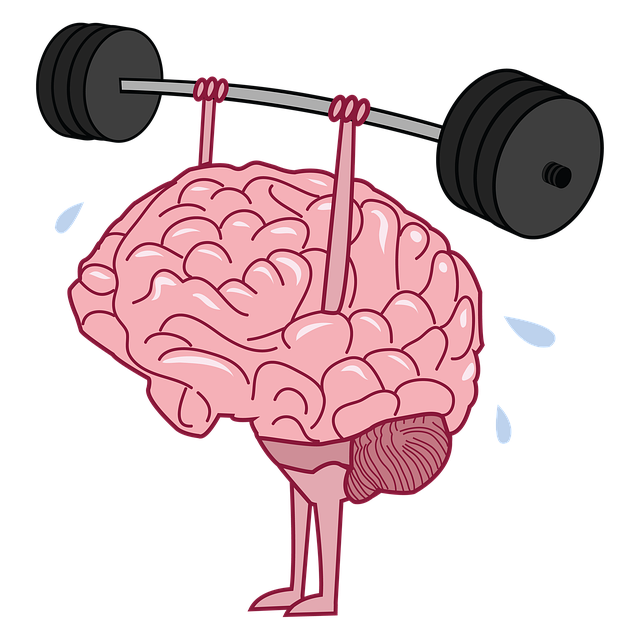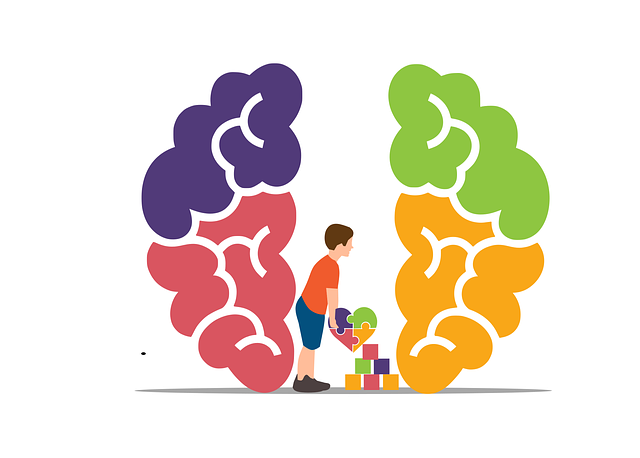Boulder Autism Spectrum Disorder Therapy leverages nature, movement, and problem-solving through RFM (Resilience, Flexibility, Mindfulness) techniques to address unique challenges faced by individuals with ASD in sensory processing, social interactions, and emotional regulation. This holistic approach enhances coping strategies, builds resilience, and improves mental health while fostering present-moment awareness and life skills. Incorporating boulder-based activities in therapy, community outreach initiatives, and structured yet stimulating courses has proven beneficial for children with ASD, promoting sensory integration, social interaction, and emotional regulation, ultimately contributing to their overall well-being.
Resilience is a powerful tool in supporting individuals with Autism Spectrum Disorder (ASD). This article explores how RFM (Resource, Failure, and Mastery) exercises can enhance resilience-building for children with ASD. We delve into the benefits of these activities, offering practical tips on incorporating boulder-based exercises into therapy, tailored to the unique needs of Boulder autism spectrum disorder therapy. Get ready to discover engaging strategies that foster strength and adaptability in young minds.
- Understanding RFM and Its Role in Autism Spectrum Disorder Therapy
- The Benefits of Resilience-Building Exercises for Children with ASD
- Practical Tips for Incorporating Boulder-Based Activities into ASD Therapy
Understanding RFM and Its Role in Autism Spectrum Disorder Therapy

Understanding RFM (Resilience, Flexibility, and Mindfulness) is essential in the context of Boulder Autism Spectrum Disorder Therapy. This approach recognizes that individuals on the autism spectrum often face unique challenges related to sensory processing, social interactions, and emotional regulation. By integrating RFM techniques into therapy, professionals aim to enhance their clients’ coping strategies and overall well-being.
The focus on resilience builds a strong foundation for individuals with ASD to navigate stressful situations and adapt to changes. Flexibility training encourages them to embrace different environments and social scenarios, fostering a sense of comfort and confidence. Mindfulness practices teach present-moment awareness, helping to manage anxiety and improve emotional control. These exercises are tailored to meet the specific needs of each client, ensuring effective Boulder Autism Spectrum Disorder Therapy that addresses both the mind and body, ultimately contributing to improved mental health and enhanced life skills.
The Benefits of Resilience-Building Exercises for Children with ASD

Resilience-building exercises have been shown to significantly benefit children with Autism Spectrum Disorder (ASD). These activities help kids develop coping strategies and enhance their mental wellness, which is crucial for navigating challenges and stress. By participating in structured programs like Boulder Autism Spectrum Disorder Therapy, children can improve their emotional intelligence and learn to manage difficult situations effectively.
Community outreach program implementation often includes resilience coaching, enabling young individuals with ASD to build a sense of confidence and self-efficacy. This not only strengthens their overall mental wellness but also fosters social connections and promotes positive interactions within their communities. Such programs focus on holistic development, integrating various aspects of emotional intelligence to create a supportive environment where children can thrive.
Practical Tips for Incorporating Boulder-Based Activities into ASD Therapy

Incorporating boulder-based activities into ASD (Autism Spectrum Disorder) therapy offers a unique and engaging approach to enhancing resilience and coping mechanisms. This innovative strategy leverages the therapeutic benefits of interacting with nature, physical movement, and problem-solving—all essential components for individuals on the autism spectrum. By integrating these activities into traditional therapy sessions, professionals can create a dynamic environment that promotes sensory integration, social interaction, and emotional regulation.
When implementing boulder-based exercises, therapists should focus on tailored experiences designed to address specific challenges faced by individuals with ASD. For instance, setting up structured yet stimulating courses can encourage risk assessment and decision-making skills while also fostering a sense of accomplishment. Moreover, these activities promote burnout prevention for both clients and therapists, as they provide an active and playful outlet for stress relief and mental health policy analysis and advocacy. Regular involvement in such exercises can significantly contribute to the overall well-being and resilience of individuals with ASD, mitigating potential risks and enhancing their ability to navigate everyday challenges.
Boulder autism spectrum disorder (ASD) therapy benefits greatly from incorporating resilience-building exercises, as highlighted in this article. Understanding RFM (Recency, Frequency, and Monetary value) and its role in ASD therapy opens doors to effective interventions. The practical tips shared offer a roadmap for therapists to seamlessly integrate boulder-based activities into treatment plans, enhancing the lives of children with ASD by fostering resilience and improving overall well-being.

